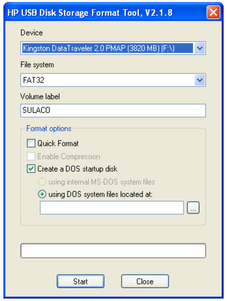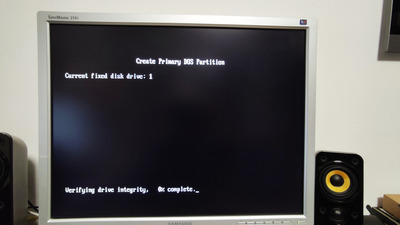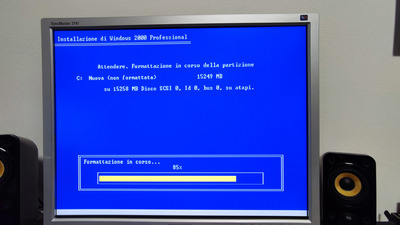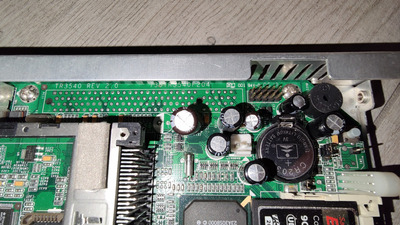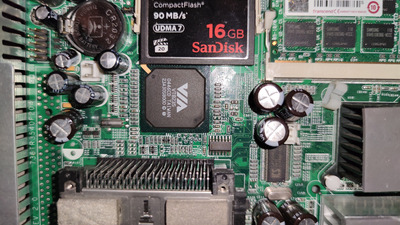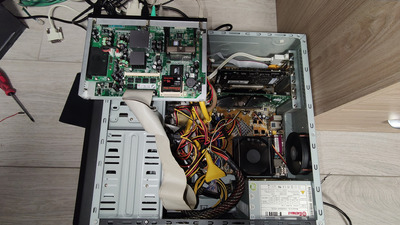Reply 20 of 52, by biessea
- Rank
- Member
SScorpio wrote on 2022-06-01, 22:22:After booting off the USB run. fdisk /status --- Figure out which drive number is your CF card […]
After booting off the USB run.
fdisk /status --- Figure out which drive number is your CF cardThen run
fdisk /mbr # --- Replace # with whatever the number for the CF card is. This should recreate the master boot record on the CF card.Finally try running
sys d: -- This should then put command.com and other needed DOS files to let it boot on the CF card.Once that's all down power down, remove the USB drive and see if you can boot off the CF card.
Oh my God, it's so difficult.
I never thought to find a lot of difficulties, and I am not understanding why all these problems came out, you know.
When before I tried to use the fdisk command, I selected the correct drive (the CF) and when I destroyed the DOS primary partition, and tried to recreate it, it stucks on the prompt that say "verifing the integrity"...to 0%.
I shutdown the system and gave up. I leave for a day. I will probably re-try tomorrow morning, but this is SO crazy, can I have this big troubles to simply install a S/O through USB when in ALL OTHER system I have no problems before?
Is it something particular that happens and so I have a lot of problems of "partition non correct on boot"?
I am not understanding more, I really don't know FROM WHERE that problem came.
Anyway I really want to try installing the Windows 2000 SP4 Italian version that I have downloaded.
Tomorrow I will make others tries and I will let you know.
I am really one inch to put all away in the bin.
Thanks anyway for the support.
Computer lover since 1992.
Love retro-computing, retro-gaming, high-end systems and all about computer-tech.
Love beer, too.
